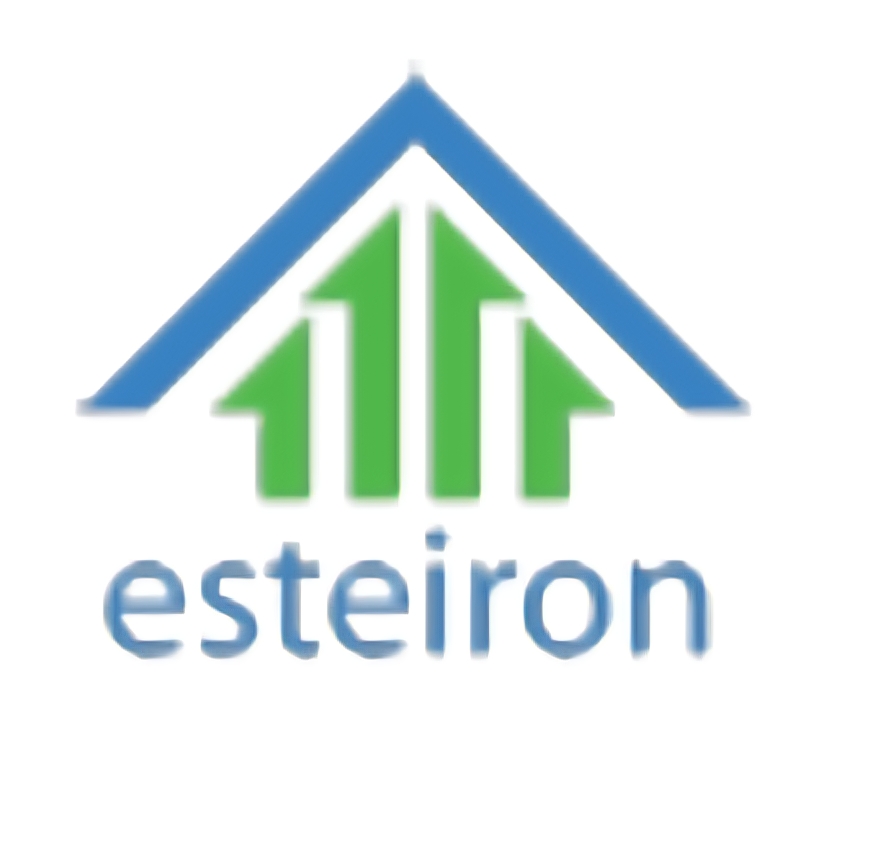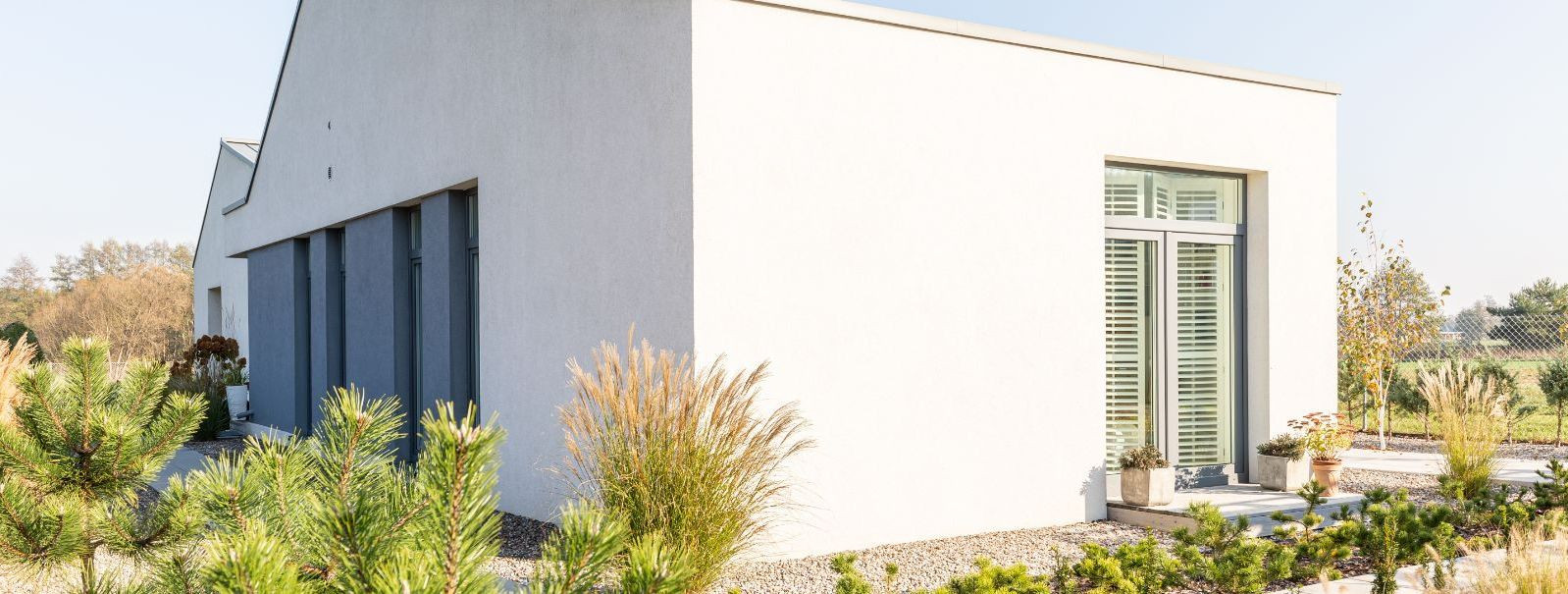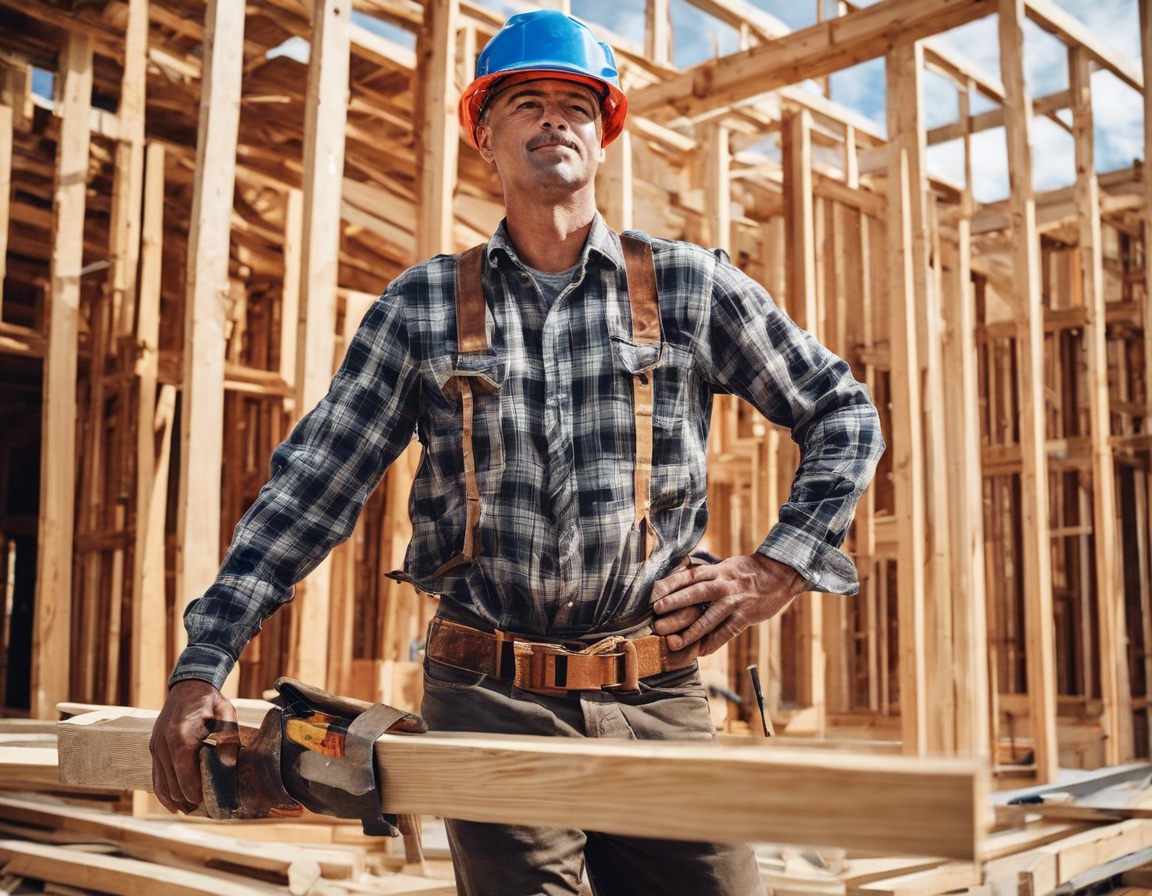The future of construction: passive house technology
Passive House is a rigorous, voluntary standard for energy efficiency in a building, which reduces the building's ecological footprint. It results in ultra-low energy buildings that require little energy for space heating or cooling.
The core principles of Passive House design include superinsulation, airtight construction, high-performance windows and doors, thermal bridge free design, and balanced heat- and moisture-recovery ventilation.
Passive House buildings are not only a European phenomenon but have been realized worldwide, with examples in almost every climate zone, demonstrating its versatility and global applicability.
The Benefits of Passive House Technology
Passive Houses typically save up to 90% on heating and cooling costs compared to traditional buildings. This significant reduction in energy use translates into lower utility bills and operational costs over the building's lifespan.
Thanks to the continuous supply of fresh air and consistent indoor temperatures, occupants of Passive Houses enjoy a level of comfort that is unparalleled in conventional buildings.
By drastically reducing energy consumption, Passive House buildings play a crucial role in mitigating climate change, making them a responsible choice for a sustainable future.
The high-quality construction and materials used in Passive Houses lead to increased durability and reduced maintenance costs, further enhancing their economic viability.
Passive House Technology in Practice
Key components include airtight construction, high-performance insulation, triple-pane windows, and a ventilation system with heat recovery. These elements work together to create a building that maintains a comfortable indoor environment with minimal energy input.
Passive House construction utilizes specific materials and techniques designed to minimize thermal bridges and maximize the building's overall thermal performance.
Challenges and Considerations
There are misconceptions that Passive Houses are too expensive or difficult to design. However, with proper planning and expertise, these challenges can be effectively managed.
While the initial investment may be higher, the return on investment through energy savings and reduced maintenance costs can be substantial over time.
Passive House principles can be adapted to suit various climates and cultural preferences, making it a versatile solution for energy-efficient construction worldwide.
The Role of Policy and Certification
Governments around the world are beginning to recognize the benefits of Passive House standards and are implementing incentives and regulations to encourage their adoption.
The certification process ensures that buildings meet the highest standards of energy efficiency and performance, providing assurance to owners and occupants alike.
Building a Passive House requires specialized knowledge and skills. It is essential to work with professionals who are trained and experienced in Passive House design and construction.
Looking Ahead: The Future of Passive House Technology
As technology advances, new materials and methods are being developed that will continue to improve the performance and accessibility of Passive House buildings.
The synergy between Passive House standards and renewable energy technologies like solar panels and wind turbines is a promising path towards truly net-zero energy buildings.
While traditionally associated with residential construction, Passive House principles are increasingly being applied to commercial and high-rise projects, demonstrating the scalability of this approach to energy-efficient building design.






Comments (0)